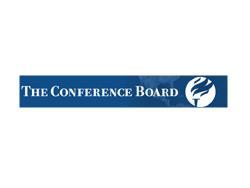Leading Economic Indicators Decline in June
Washington, DC, July 23, 2010--The index of leading economic indicators declined 0.2% in June, following an upwardly revised increase of 0.5% in May, the Conference Board said.
Economists had expected the index to fall 0.3% in June.
While strengths among the indicators have been widespread in recent months, June's decline slowed the six-month change to 2.6% for the first half of the year, compared with 5.6% in the second half of 2009.
A measure of current economic activity from the Conference Board was unchanged in June, after improving since November.
In May the barometer of current activity rose 0.5%. The indicators in this coincident index are the same ones used by the National Bureau of Economic Research to judge whether the economy is in a recession.
For the first time this year, employment made a negative contribution to the coincident index.
"Taken together, the current behavior of the composite indexes suggests that economic activity should continue to expand, but at a slower pace in the near term," according to the Conference Board.
Five of the 10 indicators that make up the index rose in June, with the largest positive contribution from the interest rate spread. The other four indicators that rose were: real money supply, building permits, index of consumer expectations and manufacturers' new orders for consumer goods and materials.
Four of the 10 indicators fell, with the largest negative contribution from average weekly manufacturing hours. The other three indicators with negative contributions were: index of supplier deliveries, stock prices and average weekly initial claims for unemployment insurance.
